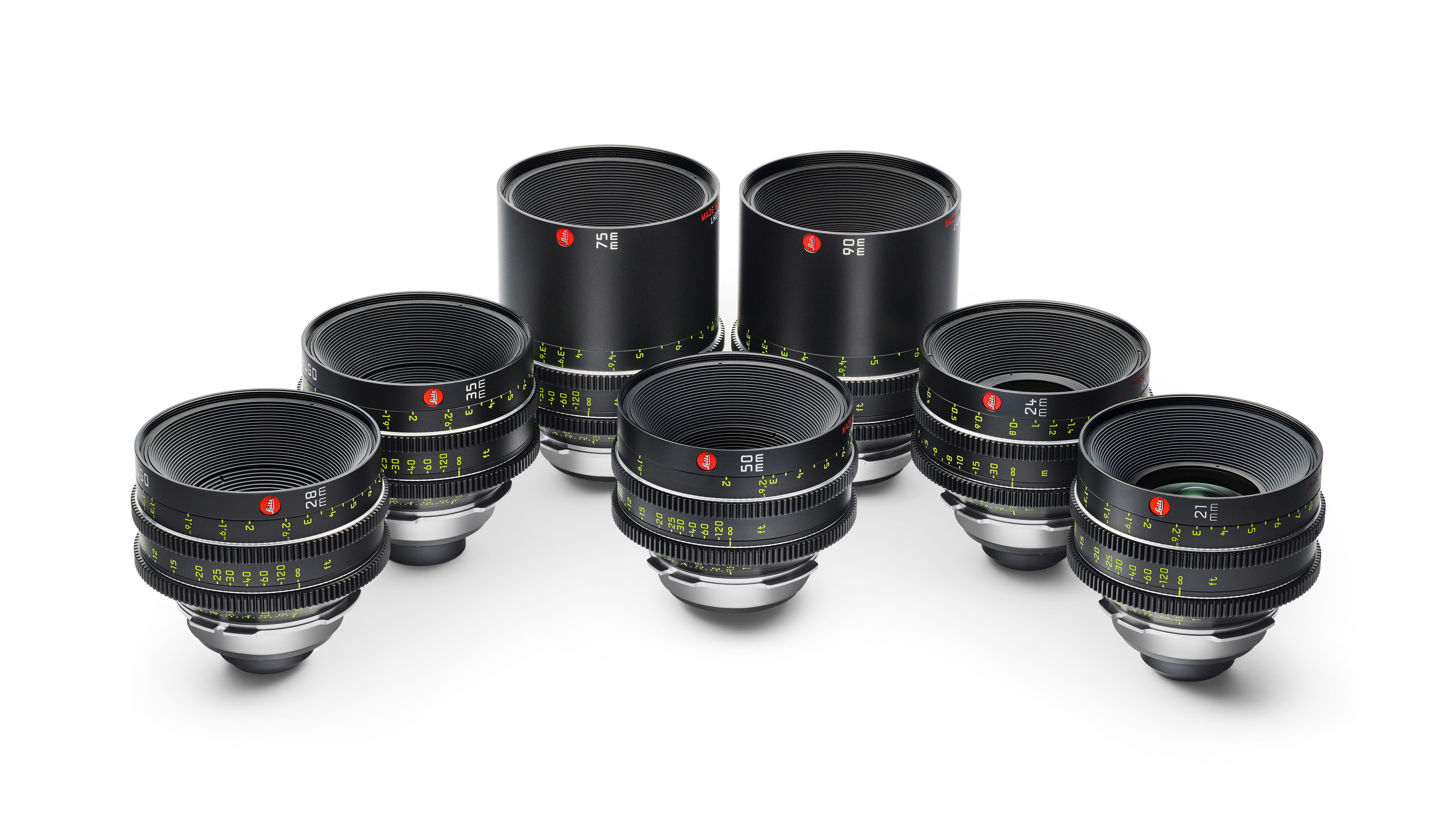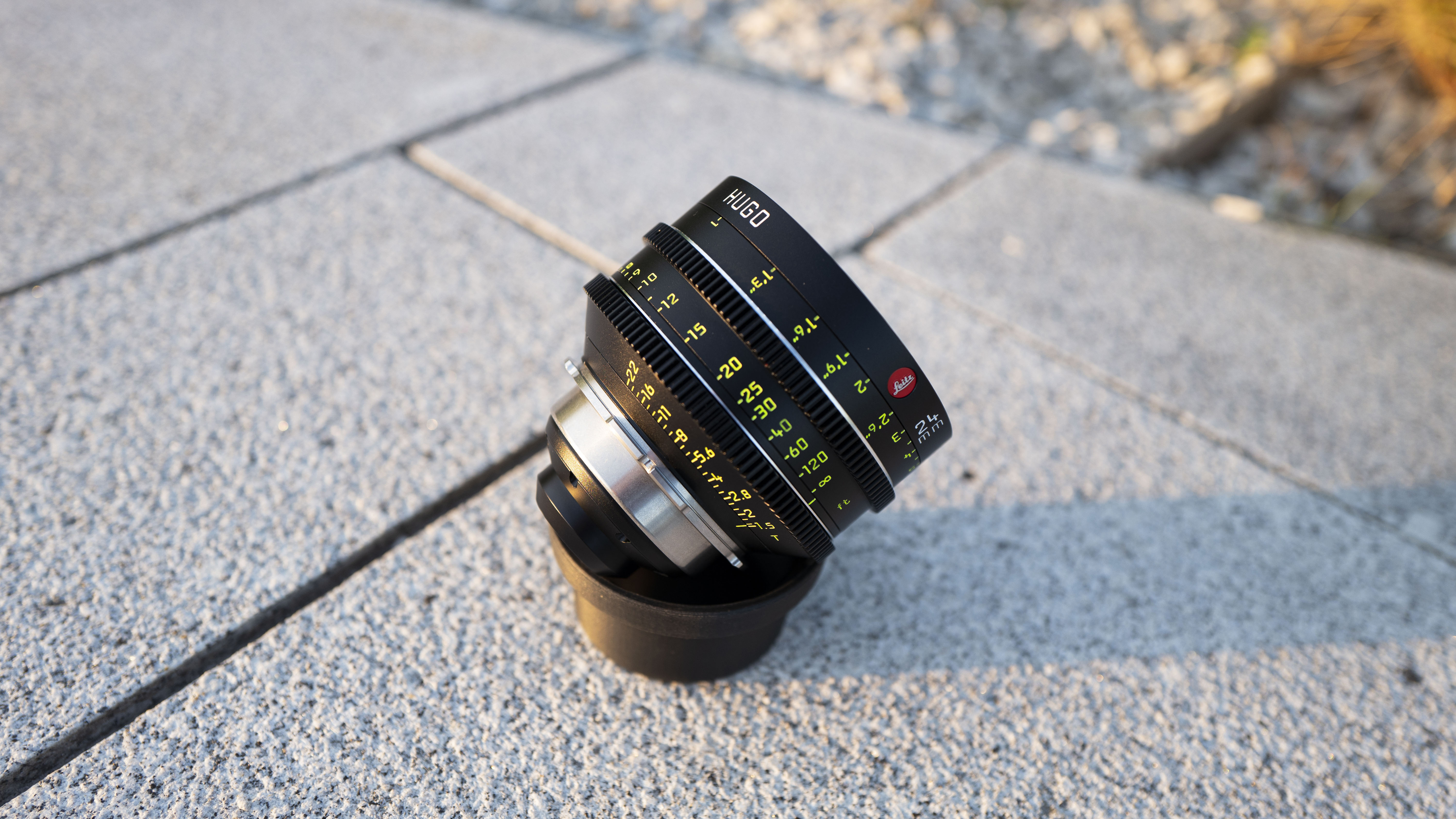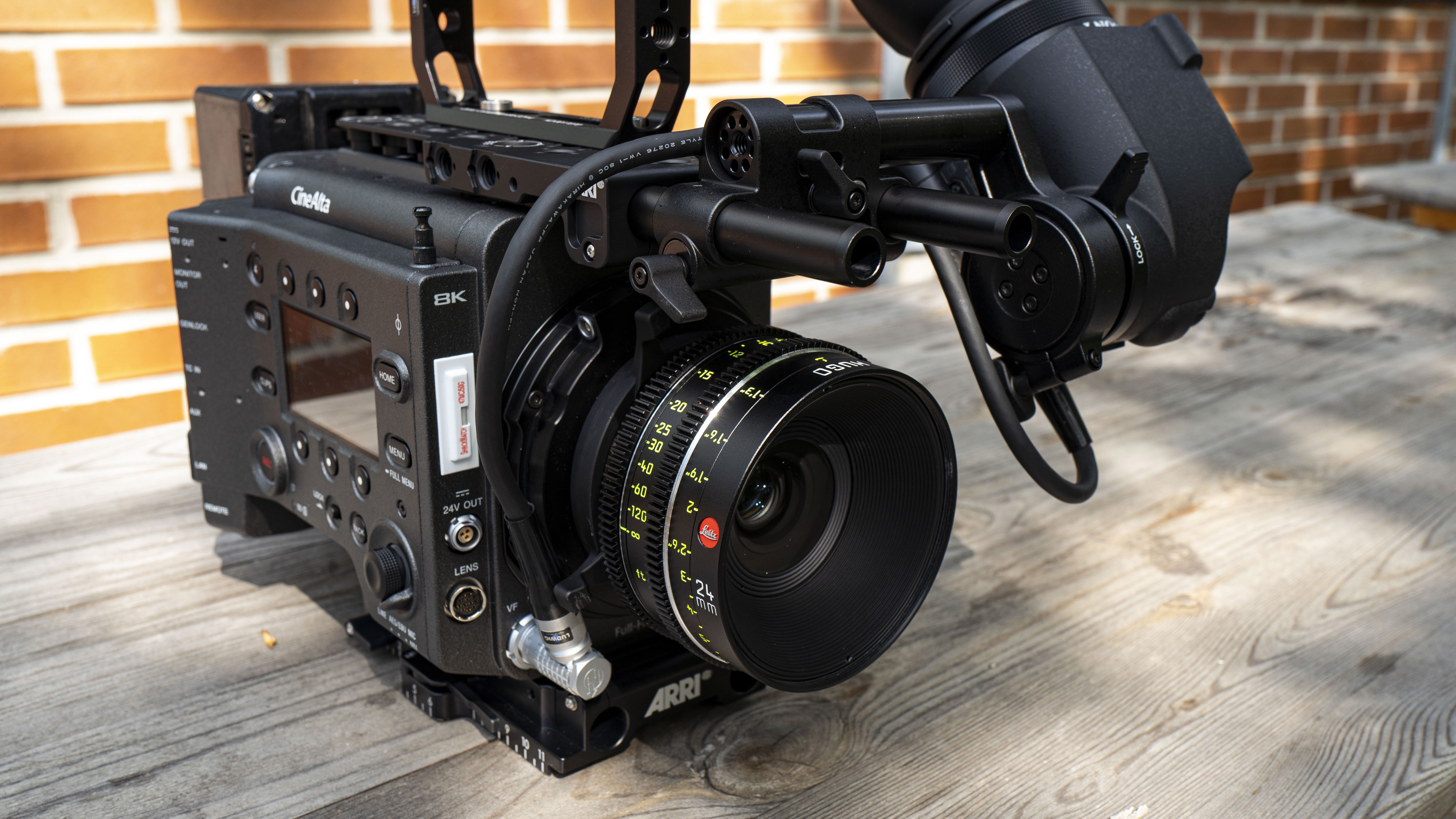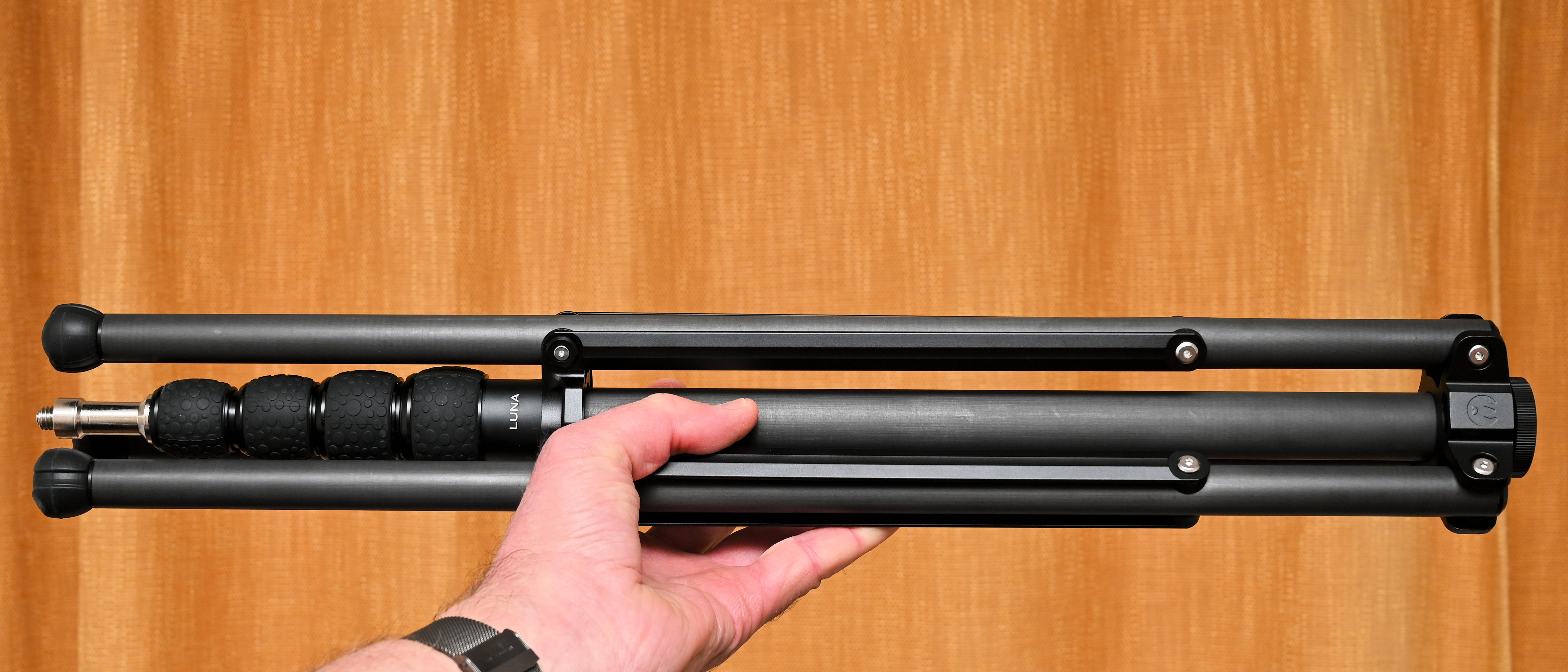Leitz launches new Hugo cine lenses that recreate the look of the Leica M glass
Leitz launches new lightweight Hugo cine lenses that reproduce the personality of Leica M lenses for your cinema camera

A new set of Hugo cine lenses arrived from Ernst Leitz Wetzlar, the German-based premium lens manufacturer catering to the motion picture and television industries.
(Image credit: Leitz)Ernst Leitz Wetzlar, the premium lens manufacturer for motion picture and the television industry based in Wetzlar, also home to renewed camera manufacturer Leica, has announced the development of a new line of cinema lenses, the Leitz Hugo prime lenses.
These Leitz Hugo prime lenses are designed to be small, fast, lightweight, and as close focusing as possible with the full personality and richness of Leica M lens glass, creating a character at capture. The initial set is based on seven full frame lenses that range from 21 mm to 90 mm, all featuring a fast aperture of T1.5, with 18mm and 135mm focal lengths to follow soon. A 50mm T1.0 aperture lens will also be available. The initial 7-lens set is priced at a whopping €107,300, which roughly converts to $106,200 with the 50 mm T1.0 at €18,900 / $18,700.

Rainer Hercher, Managing Director at Ernst Leitz Wetzlar said:
“Every lens we create is in some way an interpretation of the Leica M look, The Leitz Hugo lenses are a more literal implementation that builds off the popularity of the Leitz M 0.8 series by using the same iconic Leica M optics while elevating the housing design and build quality to match existing Leitz cinematography lenses in durability, usability, and importantly serviceability.”
The lenses will be available in LPL mount only, as well as the traditional cine orientation of focus and iris scales, expanded focus scales with a 270° rotation, and greatly increased close focus ability. They remain incredibly compact and lightweight starting at 1.78 lbs / .81 kg, and between 2.7 - 4.4” (68 – 112 mm) in length.

Like other Leitz cine lenses, this new Hugo series will have readily available parts, replacement elements, and lens technician training will ensure reliable and consistent use for many years. Existing M 0.8 lenses will be eligible for conversion to Hugo lenses in the future, this pricing and availability are yet to be determined.
The Leitz Hugo lenses take their name from esteemed engineer Hugo Wehrenfenning, whose work for Leica Camera (then Ernst Leitz GmbH, Wetzlar) included creating the classic Leica M bayonet mount still in use today, as well as many of the early M series lenses.
Get the Digital Camera World Newsletter
The best camera deals, reviews, product advice, and unmissable photography news, direct to your inbox!
The best cine lenses are designed purely for video along with the best cinema cameras. These are the best Leica cameras.

For nearly two decades Sebastian's work has been published internationally. Originally specializing in Equestrianism, his visuals have been used by the leading names in the equestrian industry such as The Fédération Equestre Internationale (FEI), The Jockey Club, Horse & Hound, and many more for various advertising campaigns, books, and pre/post-event highlights.
He is a Fellow of the Royal Society of Arts, holds a Foundation Degree in Equitation Science, and holds a Master of Arts in Publishing. He is a member of Nikon NPS and has been a Nikon user since his film days using a Nikon F5. He saw the digital transition with Nikon's D series cameras and is still, to this day, the youngest member to be elected into BEWA, the British Equestrian Writers' Association.
He is familiar with and shows great interest in 35mm, medium, and large-format photography, using products by Leica, Phase One, Hasselblad, Alpa, and Sinar. Sebastian has also used many cinema cameras from Sony, RED, ARRI, and everything in between. He now spends his spare time using his trusted Leica M-E or Leica M2, shooting Street/Documentary photography as he sees it, usually in Black and White.
